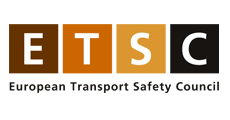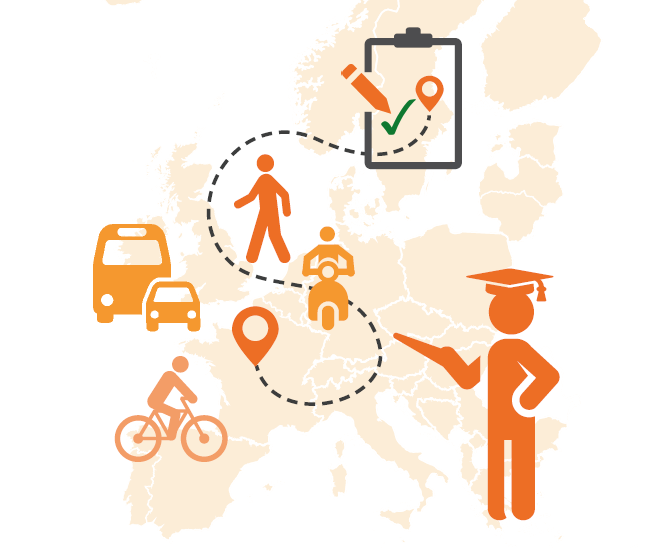Education is considered an essential part of the integrated approach to traffic safety. While it is important to view road safety education as a lifelong learning process, this report focuses on how such education is given at schools in Europe.
Even though the overwhelming majority of European countries have signed the UNECE’s Convention on Road Traffic and thereby committed to provide road safety education in schools at all levels, this first overview of traffic safety and mobility education in Europe shows that in practice this commitment is not always fulfilled. Only in the Czech Republic, Ireland and Germany is road safety education provided at all levels.
While road safety education is provided to children in primary education all over Europe, it is generally not given to children and youngsters in secondary education in 19% of the states. Moreover, the overview reveals that traffic safety and mobility education is generally only sparsely addressed in secondary education in those states where it is given. This while traffic mortality steeply increases after 13 years of age, and those children and youngsters in high schools could therefore benefit from receiving road safety lessons structurally.
For both primary and secondary education, this report shows that traffic safety and mobility education is not a dedicated subject in the vast majority of states (respectively 72% and 83%). In addition, the amount of hours primary school children receive road safety education differs widely across Europe and even within states.
While exams are an important tool to verify that the established educational objectives are met, they are only taken in one third of the European states for primary education and only in four of the twenty-nine states where road safety education is generally given at secondary level.
In terms of educational content, most states across Europe address traffic rules and signs as well safe behaviour at primary level, and this is subsequently expanded to include the risks faced by young drivers at secondary level. The overview furthermore shows that the provision of education for teachers differs widely across Europe, however only in Poland and Slovakia is it addressed structurally.
Although traffic safety education is considered an essential part of the integrated approach to traffic safety, little is currently known about its effectiveness. More should therefore be done to improve the quality and quantity of evaluations of traffic safety and mobility education programmes.
Part I of this report takes a closer look at what is considered traffic safety and mobility education, while Part II sets out the road safety situation in the EU for children and youngsters up to 18 years old. Part III shortly discusses the EU’s role in road safety education.
Part IV provides an overview of the status of traffic safety and mobility education across Europe from both a legal as well as a practical perspective. It sets out where in Europe such education is given, at what level (e.g. primary and/or secondary), if it is required by law, who teaches the course, and how the lessons are structured. Part V subsequently focuses on mobility education: linking traffic safety with sustainability and health.
Download


Δεν υπάρχουν σχόλια:
Δημοσίευση σχολίου